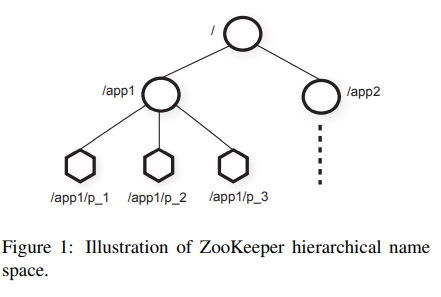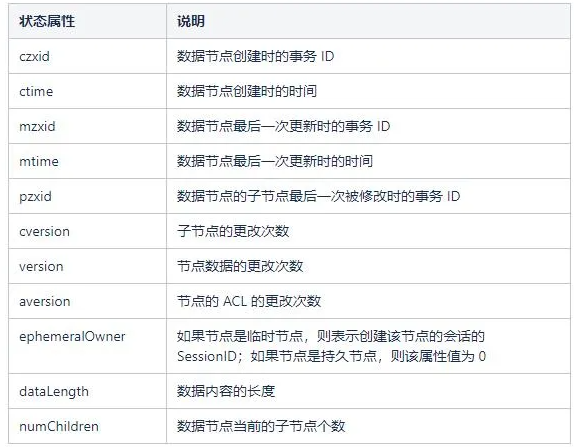6.824 ZooKeeper lecture note
ZooKeeper(To be continuely updated)
Introduction
ZooKeeper is a very popular service for coordinating processes of distributed applications, it provides a simple and high performance kernel for building more complex coordination primitives. We users can deploy ZK in many distributed applications like, services registration and discovery, cluster management as a coordinator.
ZooKeeper has the following features:
Sequential Consistence
All client see the same data that one client’s transactions will applied on ZK in its original order
Atomicity
Single View
Clients see the same data no matter it talk to which server
High performance
High availability
Implementation
The node in the tree is called znode, which stores data and node information. The main task for ZK is to coordinate but not file storage, so znode’s file size is smaller than 1MB

There are two types of znode
- Ephemeral : ZK will automated delete it, after session finishes
- Persistent : Need client to delete explicitly
Node information
Znode has a sequential flag, it will be issued a monotonically increased number if flag is true when created, to mark the global sequential order of the znode. It also maintains a state information table call Stat.

Sequential Consistency
To achieve sequential consistency, ZK uses its own ZAB consensus algorithm, like Raft and Paxos in implementation but different in some details.
ZK guarantees the single client FIFO transactions order. For R/W, ZK has different rules
- For reads, Leader/Follower/Observer all can directly handle read request. (read locally)
- For write, all writes requests need to send to leader then wait till reaching consensus.
Note: For those need read a fresh data, client may send a
Conclusion
This is a simply discussion about ZK, I am just dabble in distributed systems, so I will keep updating this article as my concept of ZK grows

